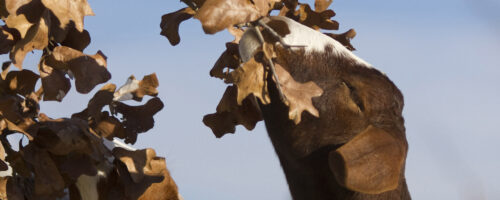We receive several summertime calls from fishermen asking about fish infested with parasites. Most often, they are concerned about identification of the parasite and the safety of eating parasite infected fish.
The most frequently observed parasites are flukes (grubs) in the larval stage, commonly seen on largemouth bass, bluegill, catfish, and other fishes. During one stage of their life cycle, these larvae form cysts in the flesh of fish. The largest of these is the yellow grub, Clinostomum marginatum, whose yellowish cyst is about 1/8 inch in diameter (see photos). Another commonly observed cyst is that of the black grub (Neascus sp. and others), which is only about 1/16 inch in diameter and is dark pigmented. There are no known cases of their causing harm to humans, and there is no danger from consuming grubs present in the flesh of cooked fish.
Unfortunately, there are no proven methods for reducing grub populations in a fishery. The life cycle of these grubs requires snails, fish, and fish-eating birds. If it were possible to remove one element of the life cycle, the parasite would die out. Fish-eating birds are protected by law, so shooting them is illegal. Netting over the water or vigilant hazing could prevent bird access but isn’t practical. Deepening the shoreline could discourage wading birds but would not affect cormorants or kingfishers (diving birds). Snails require submersed aquatic vegetation, so vegetation reduction methods such as deepening portions of the pond that are shallower than three feet, applying herbicides, stocking grass carp, or removing vegetation mechanically might reduce snail populations. Redear sunfish have a reputation for consuming snails, so stocking this species has been reported as a control method. The effect of any of these methods on parasite populations has not been established, however. Also, consider that reducing or eliminating vegetation can reduce water quality and waterfowl use of a pond or lake.
The life cycle of these parasites is complex. An excellent reference on the subject is Fish Grubs in Freshwater Ponds and Lakes (Sterling K. Johnson, Stephenville, Tex.: Texas A&M University Extension Center, publication MP-1237).

Comment